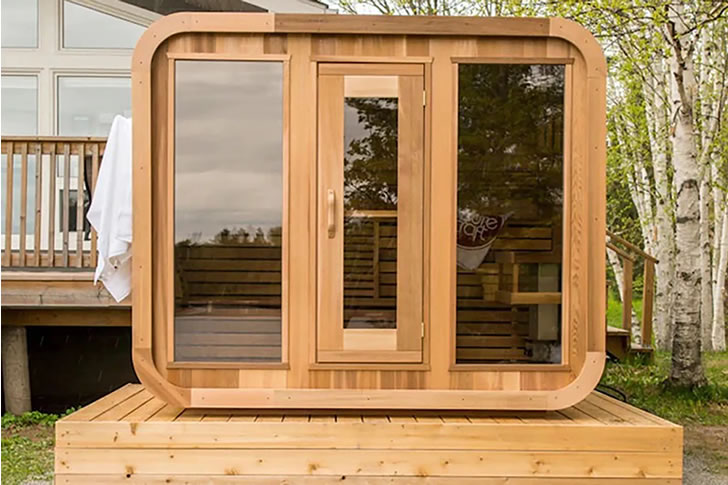How to Choose a Cheap Home Sauna
The concept of home wellness has surged in popularity, with many individuals seeking ways to incorporate relaxation and health benefits into their daily routines. Saunas are a prime example of this trend, known for their therapeutic qualities such as improved circulation, relaxation, detoxification, and more. However, the cost of installing a sauna at home can be prohibitive. This article explores cheap at-home sauna options, providing insights into various types, cost considerations, and installation tips.

Understanding Different Types of Saunas
Before diving into cost-effective sauna solutions, it’s important to understand the different types of saunas available:
- Traditional Steam Saunas: These use a heater to warm up stones, and water is poured over the stones to generate steam. Temperatures typically range from 150-195 degrees Fahrenheit.
- Infrared Saunas: Instead of heating the air around you, infrared saunas use infrared panels to directly warm your body. This type of sauna operates at a lower temperature (120-150 degrees Fahrenheit) which can be more comfortable for some users.
- Portable Saunas: These are small, lightweight, and can be set up anywhere in your home. They typically use infrared technology and are the most budget-friendly option.
Cost Analysis
- Traditional Saunas: Installing a traditional sauna at home can cost anywhere from $2,000 to $6,000, depending on the size and materials used. This price includes construction and heating elements but may increase with additional features like sound systems or custom lighting.
- Infrared Saunas: These tend to be less expensive than traditional saunas, with costs ranging from $1,000 to $4,000. The price varies based on the number of infrared panels and the quality of materials.
- Portable Saunas: A practical choice for those on a tight budget, portable saunas can range from $200 to $1,000. Although they offer less space and are generally simpler, they provide similar health benefits as their larger counterparts.
Installation Tips
- Location: Whether you choose a permanent or portable sauna, location is crucial. It should be a place that supports the weight and heat of a sauna, ideally close to a power source and water for ease of use.
- Ventilation: Proper ventilation is important for both traditional and infrared saunas to ensure safety and comfort. This might involve installing vents or fans, particularly for indoor setups.
- Materials: For those opting to build a sauna, materials such as cedar, hemlock, or eucalyptus are popular due to their resistance to moisture and decay. Choose materials that align with your budget without compromising on durability and safety.
DIY Sauna Kits
One cost-effective solution is to purchase a DIY sauna kit, which can range from $1,500 to $5,000. These kits include pre-cut wood, a heater or infrared panels, and all necessary hardware, making it feasible for individuals with some handyman skills to build their own sauna over a weekend.
The Benefits of Owning an At-Home Sauna
Beyond the relaxation and detoxification benefits, owning an at-home sauna can be a sound investment in your health. Regular use can contribute to reduced stress levels, improved sleep quality, and enhanced overall well-being.
Conclusion
Integrating a sauna into your home doesn’t have to break the bank. By understanding the different types available, assessing your space and budget, and considering a DIY approach, you can enjoy the luxury and health benefits of a sauna in the comfort of your own home.







Recent Comments